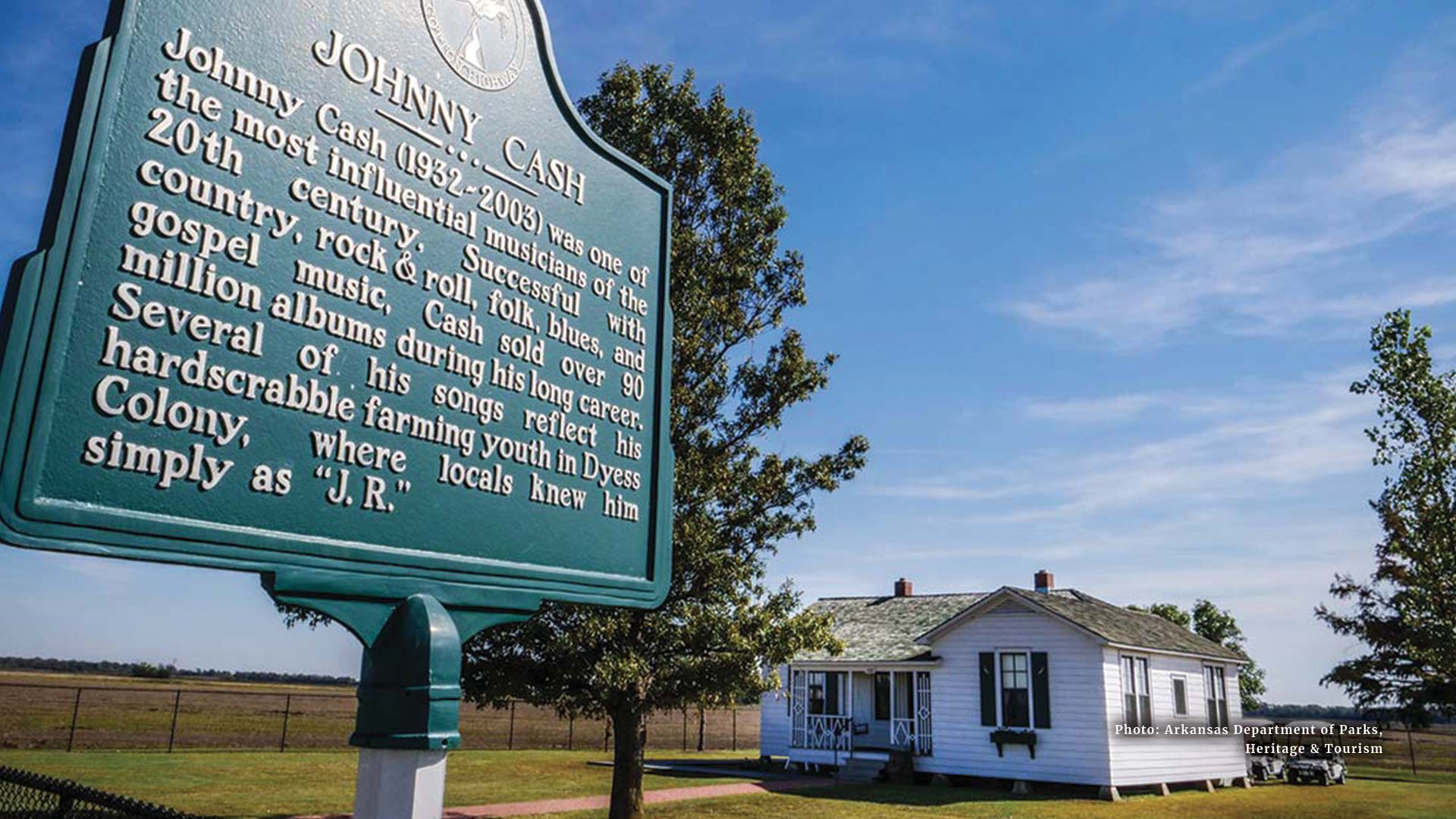A trip along the Great River Road not only means great scenery, fantastic food, and engaging history—it also means a chance to discover some of the unique attractions that travelers can find along the route. Here’s a closer look at a few places to visit along the southern stretch of this All-American Road.
Kentucky
Kentucky’s section of the Great River Road is the shortest along the route, but there are still lots of interesting things to see and do along the Bluegrass State’s western edge. Columbus-Belmont State Park (part of the network of Great River Road Interpretive Centers) in Columbus offers great views of the Mississippi River from its campsites and trails and provides a glimpse at the Civil War history of the region. Visitors to the park will see a giant anchor and chain that was used (unsuccessfully, it turns out) to block Union ships from traversing the Mississippi, as well as Kentucky’s largest Civil War cannon. A museum on site educates visitors about Civil War history in the region, including the Battle of Belmont in November 1861.
Tennessee
Roadtrippers who explore Memphis will find a lot to love, from iconic attractions like Graceland and the National Civil Rights Museum to world-famous barbeque and the sights and sounds of Beale Street. But two of the city’s more unique attractions are worth checking out, too. You can’t miss the Memphis Pyramid—this 300-foot-tall structure sits along the Mississippi River just north of downtown Memphis. Originally constructed as a sports arena, the Pyramid is now home to a Bass Pro Shops megastore, a hotel, two restaurants, the tallest freestanding elevator in the world, and many other attractions.
Arkansas
Big River Crossing spans the Mississippi River between Memphis, Tennessee, and West Memphis, Arkansas, and is the longest public pedestrian bridge across the Mississippi. It’s also a popular destination for bicyclists and connects to trails throughout Memphis, West Memphis, and the Mississippi Delta. Big River Crossing is free and open daily from 6am to 10pm. The bridge also features more than 100,000 LED lights that are programmed nightly to commemorate special events, holidays, and other causes.
Music fans shouldn’t miss the chance to learn about country music legend Johnny Cash in Dyess, about a 45-minute drive north of West Memphis. The Historic Dyess Colony and Johnny Cash Boyhood Home—another Great River Road Interpretive Center—tells the story of the Dyess Colony, a federal agricultural resettlement community that was established in 1934 as part of the Works Progress Administration. The Cash family moved to Dyess in 1935, and the Cash home is one of the few remaining homes in the community. Visitors to the site will learn about what life was like there in the early part of the 20th century and how living there affected Cash and his music.
Mississippi
Uncover more history at one of the Civil War’s most important sites as you travel along the Great River Road in Mississippi. Vicksburg National Military Park (a Great River Road Interpretive Center), located in the west-central part of the state, educates visitors about the Battle of Vicksburg, which took place from March 29 to July 4, 1863, and the campaign leading up to this key conflict.
Another glimpse into Mississippi’s past can be found at the Windsor Ruins in Port Gibson, about a 40-mile drive south of Vicksburg. The ruins sit on the site of the former Windsor Plantation, which was home to one of the largest houses in Mississippi before the Civil War. In 1890, a fire destroyed the home, leaving only the immense concrete columns behind. Today Windsor Ruins is a popular spot for photo ops along the Mississippi Great River Road.
Louisiana
Like the rest of the South, Louisiana is full of iconic historic sites, from Civil War battlefields to towering cathedrals to UNESCO World Heritage sites. In the state capital of Baton Rouge, visitors will find Louisiana’s Old State Capitol, a National Historic Landmark that sits atop a bluff overlooking the Mississippi River. The castle-like Gothic-Victorian building was constructed in the late 1840s and was the home of the state legislature for nearly 90 years. Today, visitors can learn about state history at the Old State Capitol Museum and tour the unique architectural site, which includes a stained-glass cathedral dome.
New Orleans is famous for its ghost tours and other spectral attractions, but one of the most popular pastimes among visitors is touring local cemeteries. Metairie Cemetery (located in New Orleans proper, not the suburb of Metairie as one might think) is where some of the city’s most famous residents are buried, and it’s the perfect place to take a walk through history. See the graves of musicians like Louis Prima and Al Hirt, baseball Hall of Famer Mel Ott, and many local restaurateurs, like the founders of Brennan’s and Antoine’s. Learn more about New Orleans cemetery tours here.








